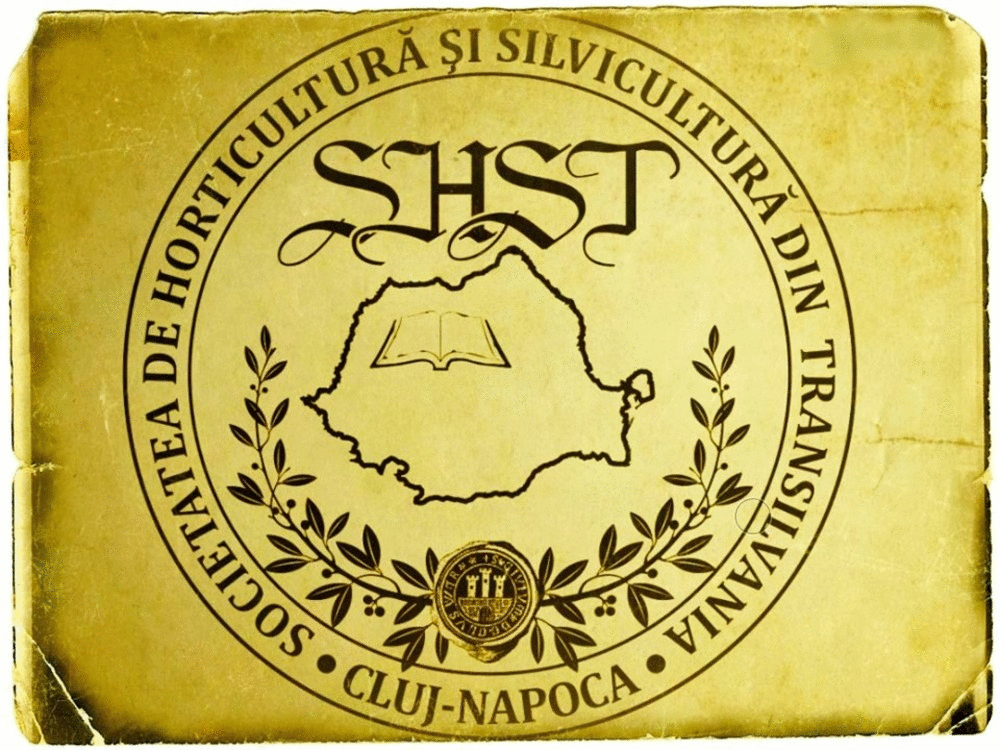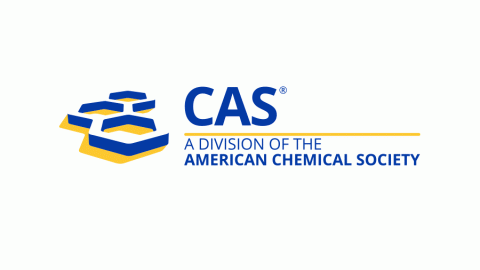Germination and Seedling Development of Seeds from Different Parkia biglobosa (Jacq) G. Don Trees
DOI:
https://doi.org/10.15835/nsb518341Keywords:
acid scarification; continuous illumination; daylight; epicotyl lengths; hypocotyl lengths; seed germination; seedling vegetative growthAbstract
The effect of daylight, continuous illumination and acid scarification on the seed germination and seedling vegetative growth (epicotyl and hypocotyl lengths, and number of secondary roots) of different Parkia biglobosawere investigated in the Plant Physiology Laboratory University of Ilorin, Ilorin Kwara State Nigeria. Seeds from two out of the twenty six Parkia tree samples (trees B and T) germinated within 24 hours of planting in the daylight germination study while seeds from another tree (Q) did not germinate until the third week after planting (3WAP). Some seeds have higher germination percentage both in the daylight (preliminary germination study) and in the continuous light (illuminated study). The treatment with concentrated Sulphric acid (conc. H2SO4)was effective in breaking the seed dormancy as seeds from eight (8) trees produced one hundred percent (100%) germination. At p= 0.05 the length of epicotyl and hypocoty1 lengths were significantly different as seedling vegetative growth were long in the seedlings from the daylight experiment than the continuous light experiment. The vegetative growths of the seedlings from the scarified seed were longer at 15min of scarification in all except in trees F and Z. It was observed that the time of scarification affect the both seed germination and seedling development.
Metrics
Downloads
Published
How to Cite
Issue
Section
License
Papers published in Notulae Scientia Biologicae are Open-Access, distributed under the terms and conditions of the Creative Commons Attribution License.
© Articles by the authors; licensee SMTCT, Cluj-Napoca, Romania. The journal allows the author(s) to hold the copyright/to retain publishing rights without restriction.
License:
Open Access Journal - the journal offers free, immediate, and unrestricted access to peer-reviewed research and scholarly work, due SMTCT supports to increase the visibility, accessibility and reputation of the researchers, regardless of geography and their budgets. Users are allowed to read, download, copy, distribute, print, search, or link to the full texts of the articles, or use them for any other lawful purpose, without asking prior permission from the publisher or the author.













.png)















